After Googling and looking on Stack for a long time, I've only managed to find methods for determining whether or not a point falls on the line that connects two points. This, unfortunately, isn't what I need.
Please see the image at the end of this question. I apologize in advance for the terrible picture, but it gets the point (get it?) across.
I need to create two perpendicular lines to the one that joins the points x and y. They need to intersect with the perpendicular line at points x and y. I then need to then tell if point z appears between those two lines or not.
Any help is appreciated. Thanks for your time!

